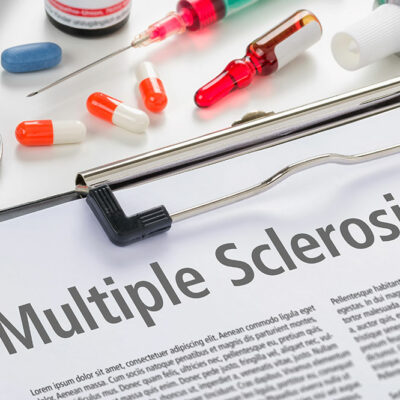Allergies – Stages and prevention

The immune system of our bodies is constantly fighting against viruses and bacteria to keep us healthy. However, in certain cases, the immune system may also end up fighting some substances that are not always harmful. When this happens, you experience an allergic reaction. The allergens are the substances that cause the reactions. With a little carefulness, you can prevent the allergies effectively.
The allergic development
Even though an allergic reaction can vary from person to person, it generally progresses in the same five stages:
- Stage 1
The allergen enters your body through food, air, or touch, and contact the cells in your body. - Stage 2
Your immune system creates immunoglobulin E, which is a type of antibody. - Stage 3
This antibody enters your gastrointestinal tract or respiratory tract but does not do anything. - Stage 4
The next time when you are exposed to the same allergen, the immunoglobulin E treats it as a harmful substance and reacts with it. - Stage 5
24 hours after the reaction, the immune system cells move towards the areas that were affected to release certain chemicals to treat it.
How to diagnose allergies
Your allergies can be diagnosed by a doctor. Before visiting him or her, you must recognize the symptoms of an allergic reaction. A mild allergy can lead to red and itchy spots on your skin, nasal congestion, rash, scratchy throat, and watery or itchy eyes. However, a more serious allergy can lead to abdominal pain, diarrhea, chest pain, nausea, dizziness, face swelling, palpitation, breathing difficulties, anxiety, weakness, or other symptoms. If you believe that you are having an allergic reaction then you must contact your doctor.
The doctor performs different tests to determine the kind of allergy you have and what has caused it. Elimination tests, blood tests, and skin tests are the most common form of tests that the doctor may order. The elimination test involves excluding different food items from your daily diet to determine which one causes your allergy. During a skin test, the suspected allergens are applied to your skin to observe how your body reacts. However, if the result from your skin test is inconclusive or it cannot be done for any reason, then the doctor orders a blood test. This test looks for antibodies in the blood to determine what kind of allergens you might have been exposed to. Once it is found, the doctor can help you treat or manage your allergy.
Prevention
Once you know what kind of allergies you have, you can start taking preventive steps to manage them. The most important thing is to avoid the allergens that result in your allergy. You must also regularly take the medicines that your doctor prescribes. If you experience severe allergic reactions, then your doctor will prescribe an epinephrine injection, which you must always carry with you. It is also important to wear a medical alert bracelet when you are going out so people around you are made aware of your condition.
Having allergies can be discomforting and scary. However, by taking the right preventive steps and medicines, you can lead a normal and healthy life.










